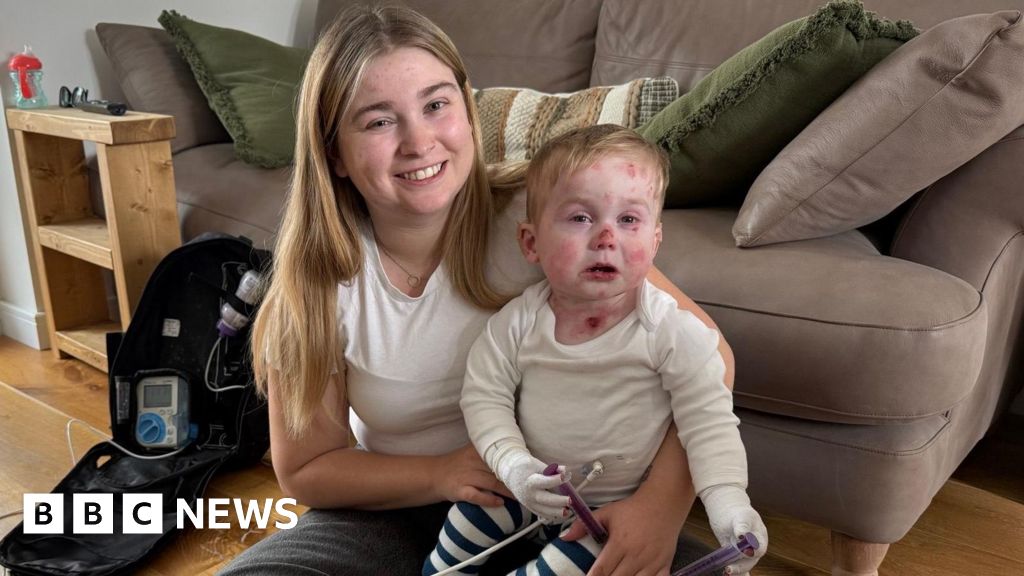Revolutionary Automated IVF Machine Successfully Delivers Newborn

A groundbreaking achievement in reproductive technology has been made with the birth of a baby conceived through an innovative in vitro fertilization (IVF) method that relies predominantly on a machine, while a medical professional supervises the process remotely.
The new automated approach to IVF aims to significantly reduce the risks associated with human error during procedure. One of the most commonly used techniques in IVF is intracytoplasmic sperm injection (ICSI), where a single sperm cell is injected directly into an egg in a controlled laboratory setting. This method is particularly beneficial for couples facing male infertility, as it removes the need for sperm to navigate through the female reproductive system to reach the egg.
However, the ICSI process is not without its challenges. It depends heavily on the precision and expertise of the medical professionals executing the procedure. According to Jacques Cohen, a leading researcher at Conceivable Life Sciences in New York City, even the best practitioners can experience fatigue and distraction, leading to potential errors that may diminish the chances of fertilization and successful pregnancies.
To counteract these limitations, Cohen and his team have developed a sophisticated machine capable of autonomously performing 23 critical steps involved in ICSI. Each step of the process is initiated by a human operator who monitors the procedure via a livestream, allowing them to intervene if necessaryeven if they are located miles away.
Among the machine's advanced capabilities is its use of artificial intelligence (AI) to identify the healthiest sperm cells based on visual criteria, enhancing the selection process. Additionally, the machine employs a laser to immobilize sperm by targeting their tails, making them easier to manipulate during fertilization. Following the sperm selection, the machine then injects the sperm into the prepared eggs. While this automated approach has been trialed previously, the current advancement marks a significant step towards fully automating the ICSI process.
The researchers decided to put their machine to the test with a couple experiencing difficulties in conceiving. The male partner's sperm exhibited poor motility, while the female partner faced challenges with egg production, necessitating the use of donor eggs.
In the experimental setup, the researchers randomly assigned five out of eight donor eggs for fertilization via the automated system, resulting in four viable embryos. The remaining three eggs were fertilized using the traditional manual ICSI technique, which also yielded successful embryo formation.
Subsequently, the researchers utilized another AI model to assess the quality of the embryos, selecting the two best candidates based on their chromosomal integrity. Notably, both of these embryos were created using the automated method; however, Cohen cautioned that it is too early to definitively state whether this method produces healthier embryos than the conventional ICSI approach, given the limited sample size.
Upon implanting one of the embryos into the woman's uterus, it regrettably did not develop. In a fortunate turn of events, the second embryo resulted in a successful birth, showcasing the potential of this modern IVF technique.
Joyce Harper, a prominent figure in reproductive health at University College London, describes this development as an exciting proof-of-concept. She emphasizes the need for larger-scale studies that would randomly assign couples to either the automated or manual ICSI method to truly evaluate whether the automated approach results in higher birth rates.
Despite the promising results, the widespread adoption of automated IVF may face hurdles, primarily due to the anticipated initial costs associated with its implementation. Harper points out that while the technology may be expensive at the outset, Cohen remains optimistic about future developments: As we optimize, standardize, and refine the system, we expect the cost to the patient and clinic to decline over time.























